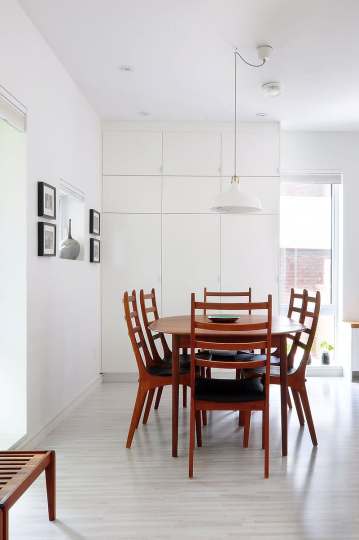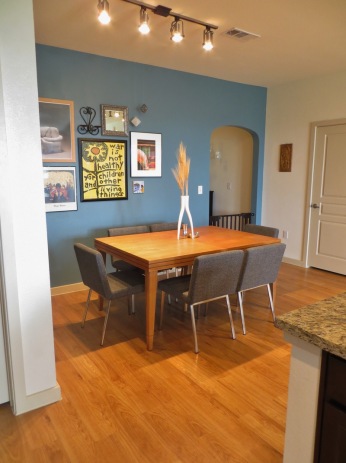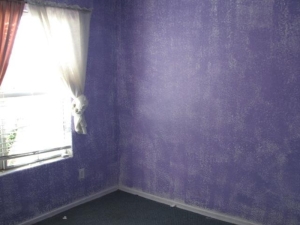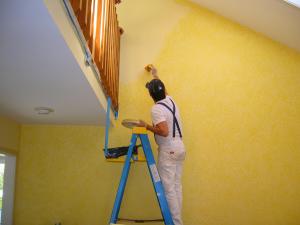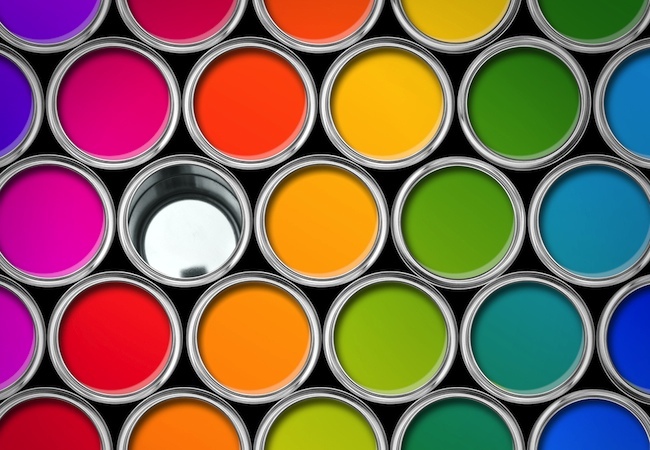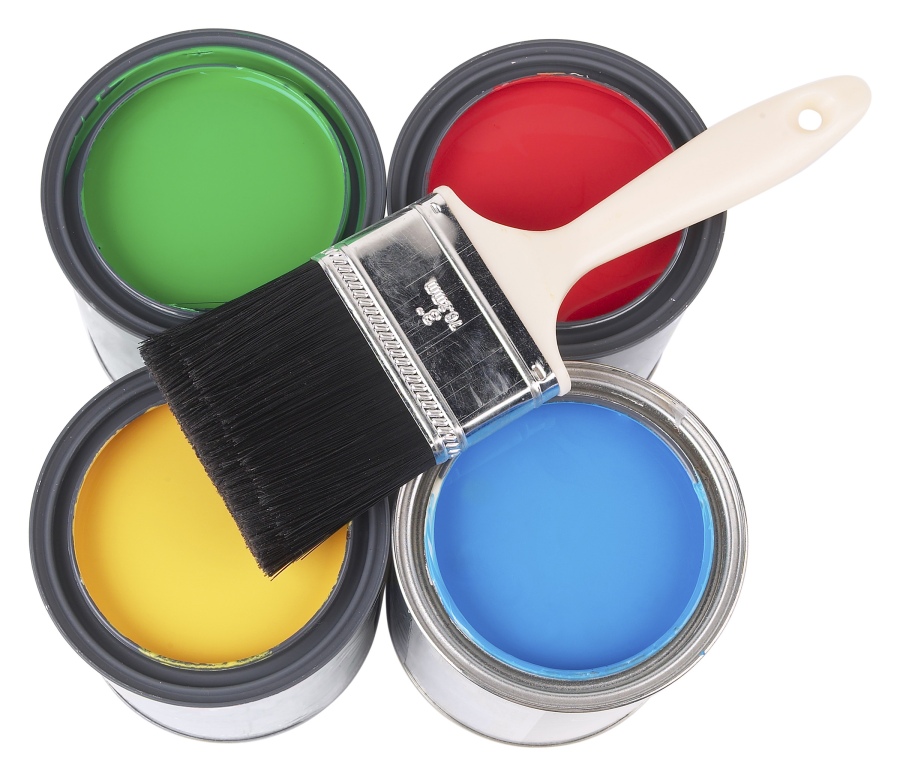Color models revolve around primaries, a group of colors which, when mixed, create further derivative colors. Each color model has its own set of primaries, the initials of which give the color model its name.
Each color model is sorted as additive or subtractive, which is based on how color is derived from a particular wavelength of light being reflected and perceived by the human eye. Paint and ink employ a subtractive model, which involves the physically mixing different pigments to create color, whereas computer screens employ an additive color model that involves mixing different wavelengths of light to create color.
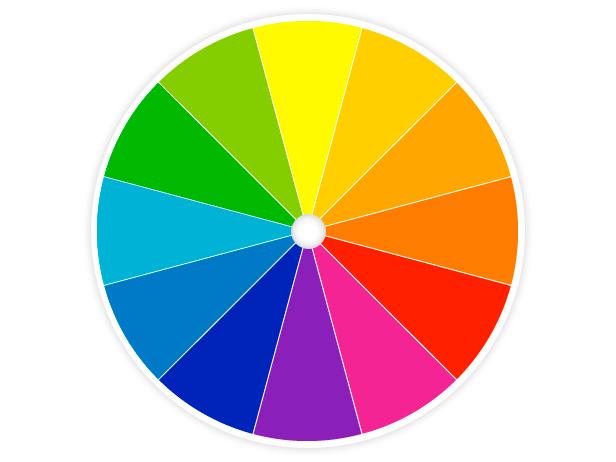
This leads to peculiar situations wherein mixing colors in one medium does not always yield the same result as the other; mixing green and red light, for instance, produces yellow, which is a far cry from the brown created by mixing red and green paint.
Perhaps the most familiar color model to the layperson is the RYB color model, popularized in wheel form by Sir Isaac Newton. Its primaries are red, yellow, and blue, which are often the first things to come to mind when one hears the word “primary color.” It is quite limited in scope; thus, it has largely been superseded in other graphic disciplines. It remains the principal color model used by artists and paint stores.
Extensively employed in the modern print industry, the CMYK model yields a broader assortment of colors. It retains yellow as a primary but swaps blue and red with cyan and magenta, respectively. The K stands for “key” and designates the color black. While black is formed from the combination of all three primaries in the model, in practice it is treated as a separate color to save on ink and to produce higher contrasts.

Because of the differences between them. Converting from one color model to another can be a challenge. Tools exist to help individuals approximate CMYK tones to paint Pantone’s.
Steve Silvers is the owner of Paint Squad, a painting service that caters to the needs of both homes and businesses. Visit this blog for more updates on important painting considerations.
